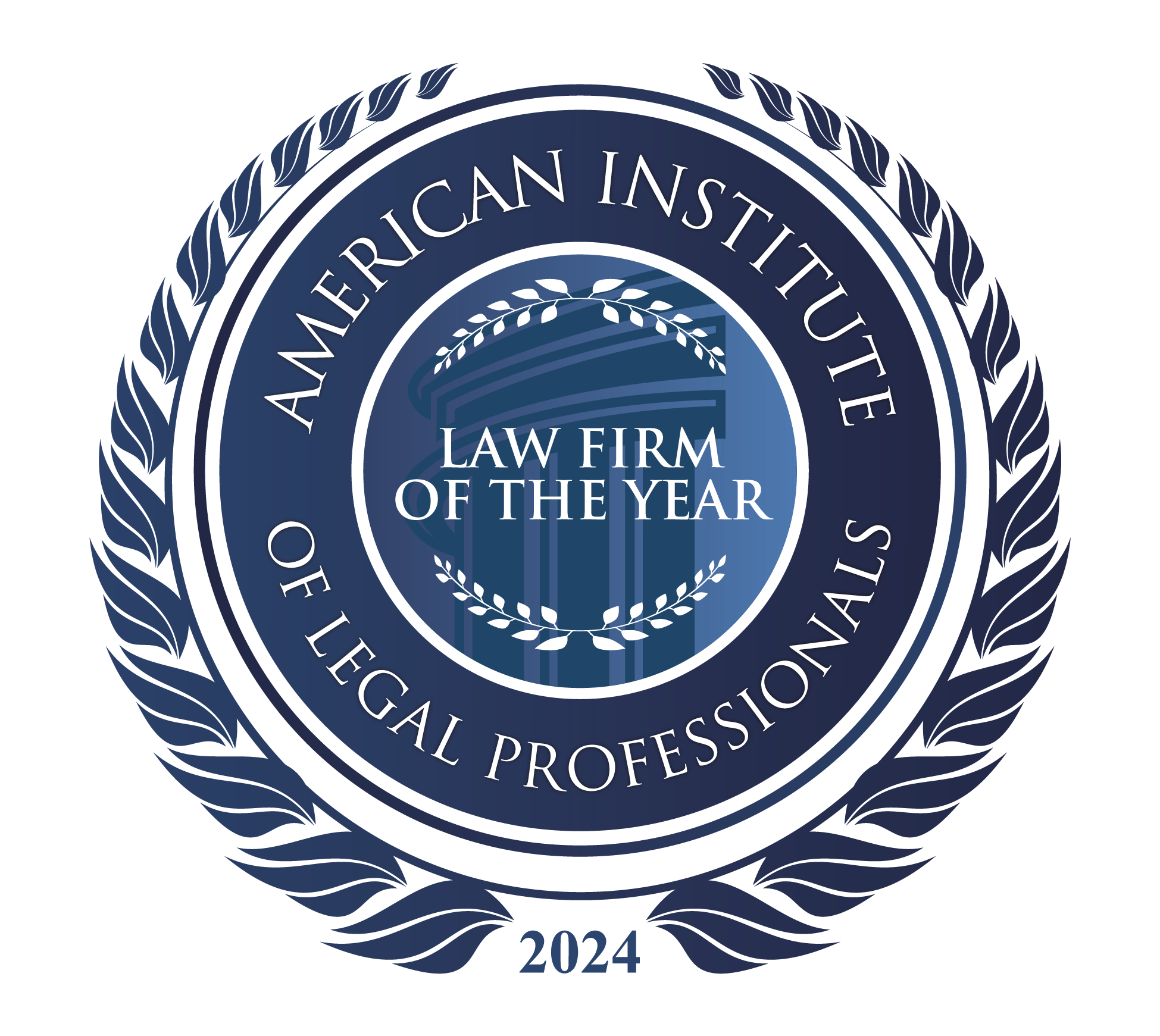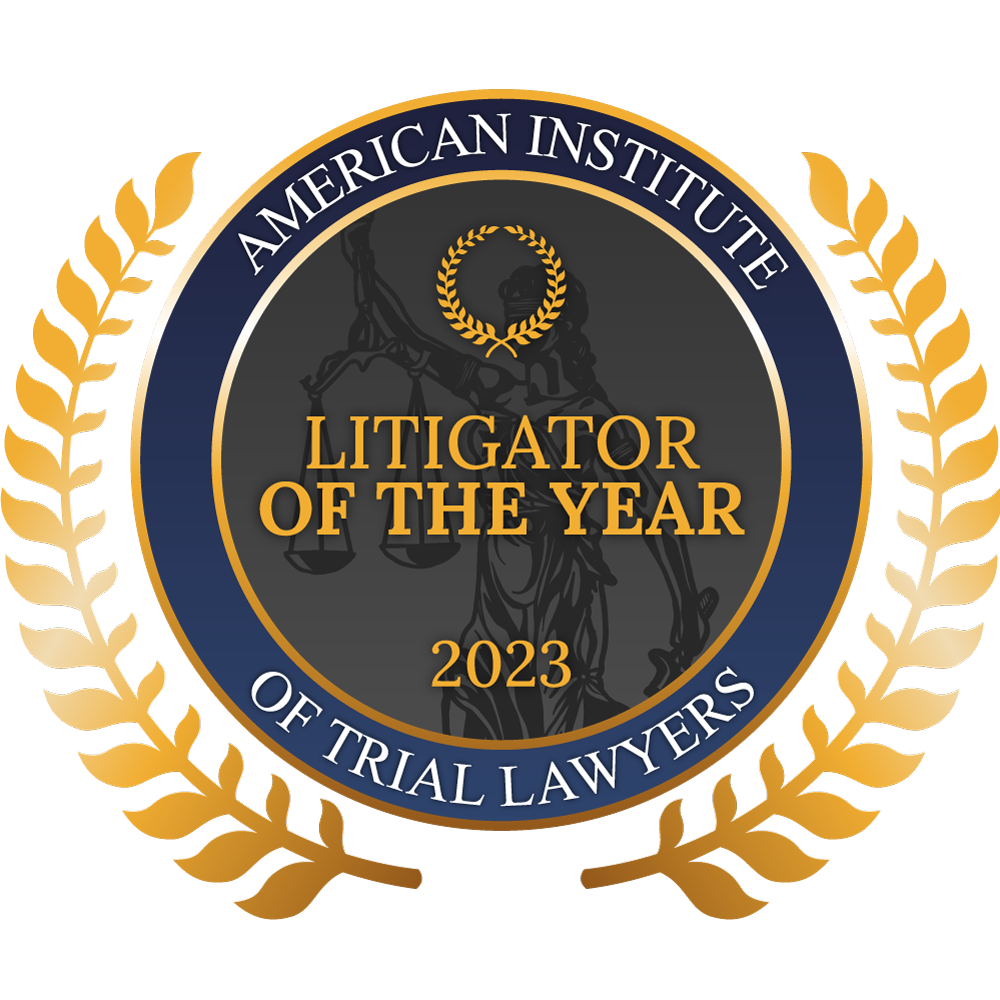Each state has its own laws governing motor vehicle accidents. A handful of states around the country follow no-fault laws. However, most states follow the at-fault, or tort, system of auto insurance.
What is the difference between these two systems? Is Colorado a no-fault state or an at-fault state? How does the type of system affect you if you get hurt in a car accident? Here, we provide answers to those questions.
To discuss the specific facts, circumstances and potential legal issues in your case, please feel free to contact us at any time at The Wilhite Law Firm. We are here in Colorado Springs to protect car accident victims and their families. We will help you to pursue all compensation that you are due after you have been injured by the negligence of another.
No-Fault vs. At-Fault Systems
The primary purpose of no-fault car insurance is to lower the cost of insurance. In states that follow no-fault auto insurance laws, drivers must go through their own insurance company to claim coverage. They can receive personal injury protection (PIP) benefits that cover their medical expenses and a portion of their lost wages without the need to establish whether anyone else was at fault.
Typically, the only time drivers in no-fault states can file a lawsuit against another person is when they reach a “serious injury” threshold. These are life-changing injuries such as ones that result in a permanent disability. In those situations, the injury victim must establish the other driver’s fault.
At-fault auto insurance, in contrast, works on a tort-based system. In states that follow this system, drivers primarily go through the at-fault driver’s insurance to claim compensation. This is the way car accident claims work in most states.
For years, Colorado followed the no-fault system of auto insurance. However, in 2003, the state joined the majority of states that follow a tort system.
How Do You Determine Negligence in a Car Accident?
Determining which driver was at fault is one of the most challenging aspects of any car accident case. Establishing fault typically requires proof that the other driver was negligent. Let’s explain what that means.
All drivers owe other drivers a basic duty of care. This duty requires drivers to act in a reasonable manner and with respect for the safety of others. When drivers breach this duty, they are considered to be negligent.
The concept of negligence may seem fairly easy to understand. However, it is much more difficult to actually prove. To establish negligence, you must provide evidence that the driver did not act with reasonable care. This is an objective standard. You must show that another reasonable person would not have acted in the same manner.
For example, if someone drove while drunk or while texting and caused an accident, that person clearly was not acting in a reasonable manner. However, what if two sober, non-distracted drivers collided while both were turning at an intersection? In that scenario, you may need to look at who had the right of way and whether the other driver respected that right.
In addition to establishing that another driver acted negligently, you must also establish that you suffered actual injuries, and that the driver’s negligence caused those injuries. If you were not injured in the accident, or if you suffered injuries for some other reason, then you would be unable to collect compensation.
Steps You Can Take After a Car Accident to Help Establish Fault
You can take steps shortly after the car accident – at the scene and after you leave it – which can help to establish who was at fault for the crash. Those steps include:
- Take photos – You should try to get pictures of your injuries, the other driver’s license plate number and damage to any of the vehicles involved. This last point is important. For example, when the front end of one vehicle has front-end damage, and the other car has damage at the rear, it can establish that the accident was a rear-end accident, and the driver behind the front car was likely at fault. If possible, you should try to take video of the accident scene as well.
- Get witness names and numbers – Witness statements are often just as important as photos when it comes to proving fault in a car accident case. Most witnesses are objective bystanders with nothing at stake in the case. They have no reason to place blame on someone for the accident. So, witness statements can carry great weight with juries – and insurance companies.
- See a doctor – If you wait too long to see a doctor after you have been in an auto accident, it could hurt more than your health. An insurance company may use your delay in getting treatment to argue that the accident did not cause your injuries, or that your injuries are not as severe as you claim they are.
- Get a copy of the police crash report – After arriving at the scene, police officers will talk to all drivers involved and get their version of events. If they determine that one driver was at fault for the accident, they will include that conclusion in their report. The Wilhite Law Firm can get a copy of this report for you. If the officer can testify in a deposition or at trial, it may greatly help your case.
- Do no speak with the insurance company until you talk with a lawyer – An insurance company representative may contact you and try to get you to give a recorded statement. The insurer will likely try to use that statement against you. For this reason, you should speak with a lawyer before you talk with the insurance company.
Our Experienced Colorado Car Accident Lawyers Are Here to Help You
If you have been involved in a car accident in Denver, Colorado Springs, Greeley or elsewhere in Colorado, you could be eligible for compensation. However, you will need to establish the other driver’s fault. You may also need to challenge attempts by the other driver’s insurance company to assign fault to you.
The Wilhite Law Firm is built on 12 core values that we apply to every case we handle. When you work with our Colorado car accident attorneys, you will quickly see how these values make a difference. Contact us today for your free consultation and learn more about what we can do after you have suffered injuries in an auto accident.

















